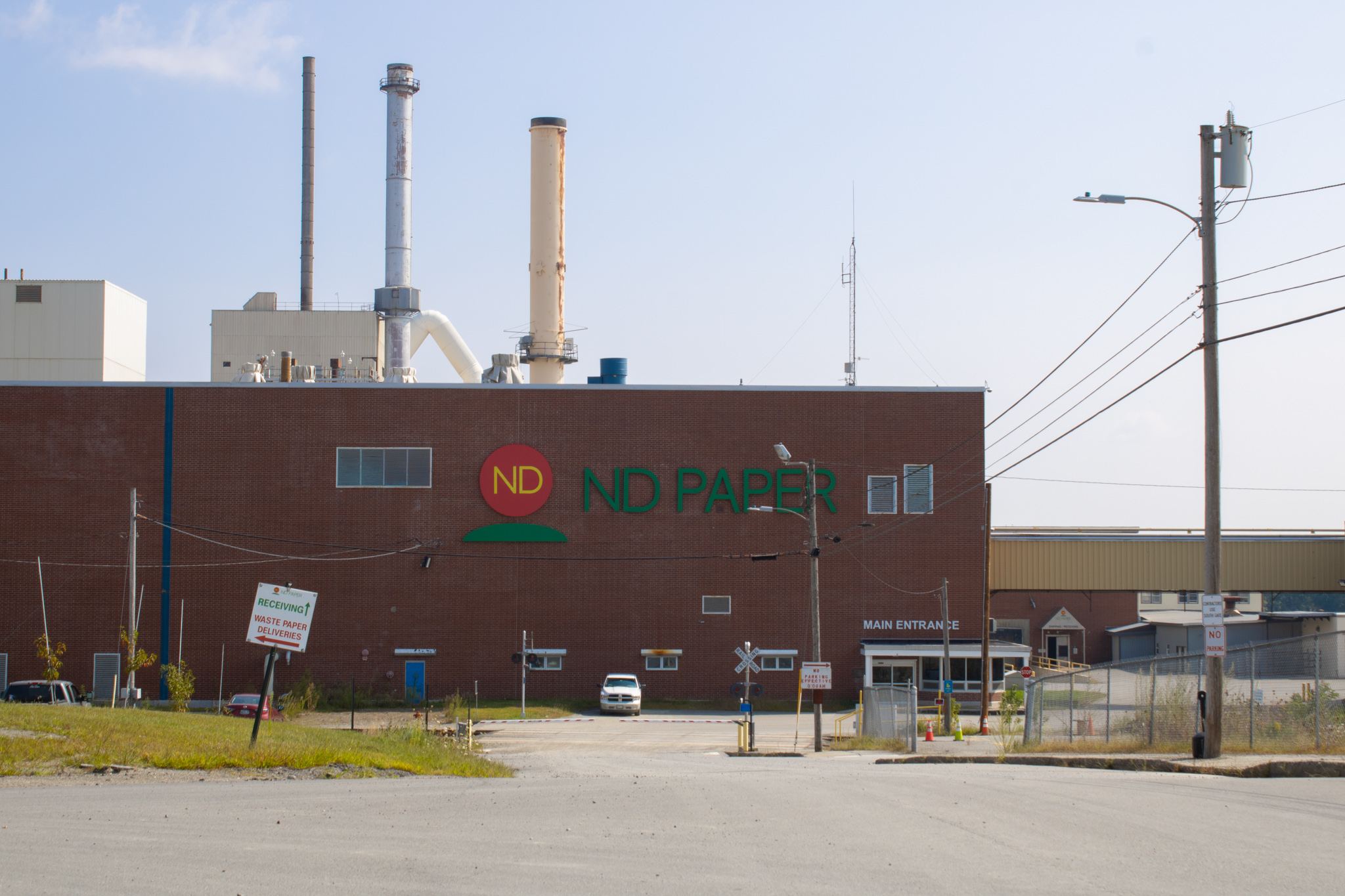OLD TOWN, Maine – The ND Paper mill, located along the Penobscot River in Old Town, was recently fined a sum of $101,400. It was put in place by the Department of Environmental Protection for a 2020 chemical spill which resulted in vast environmental damages.
According to a report made by the Maine Department of Environmental Protection (DEP), the spill that took place in September and October of 2020, and was found to consist of roughly 30,720 gallons of a sodium hydroxide mix, was ejected through a drain in the facility. It flowed down the riverbank into the Penobscot River. This was found to result in heightened pH levels in the river, leading to the discovery of several dead fish.
Upon further investigation by the DEP, the spill was found to have taken place due to a faulty floor drain system, which went undetected by the facility. This system has, however, been repaired in recent years with much difficulty.
As for the long-term results of the spill in the Penobscot River, the damages are expected to have an impact on the affected segment of the river due to the high levels of pH contaminating the groundwater, according to the DEP.
The long term effects on the environment that the Penobscot River is sure to experience as a consequence of the spill include a devastating swelling and breakdown of mineral binders in the riverbed soil, as well as the potentially fatal poisoning of aquatic wildlife that rely on the river as a natural habitat. The exact time frame for how long the sodium hydroxide mix may affect the ecosystem all depends on the gravity of the spill.
This is not the first time an incident like this has occurred at the ND Paper facility. In more recent years, another spill of smaller scale took place in June 2022, in the same building. That spill, which also consisted of a sodium hydroxide mix, discharged roughly 1,076 gallons of the solution over the course of 30 days.
Accidents, such as this one, are not uncommon given the age of the facility. What was originally used as a sawmill and went into operation in 1860, eventually transitioned to the manufacturing of pulp products in 1882. It was renamed the Penobscot Chemical Fiber Company, and was later sold to the James River Corporation in 1983, after merging with Diamond International just 16 years prior.
With roughly 200 current full-time employees, ND Paper produces a whopping total of 251,000 tons of pulp product, 73,000 tons of which comes from recycled market pulp, and the remaining 178,000 tons from unbleached softwood pulp. The chemical mixture sodium hydroxide is one of the most common mixtures used in paper mills, due to its use in the production of pulp.
More commonly known as lye or caustic soda, it is known to be an extremely corrosive substance due to its acidity. It is both colorless and odorless, leaving the substance almost undetectable to any unsuspecting individual. In many cases, it may be mistaken for water. Due to its low profile attributes, spills similar to those which occurred at the ND Paper plant can go undetected for extended periods.
In spite of its risky nature, when it comes to the paper manufacturing industry in the United States and Canada, the economic benefit that sodium hydroxide has is estimated by the IHS Market to be worth $500 million per year. The economic demand for such a substance has been estimated in the multi-millions.
While the chemical does have a relatively low pressure vapor, it is recommended that it be handled with care as it can hydrolyze protein. This refers to the processes where such a solution is introduced to water, giving it the capacity to chemically break down certain compounds. If consumed, inhaled or brought in contact with flesh, it may lead to severe burns, dermatitis, or even death in people and animals.













